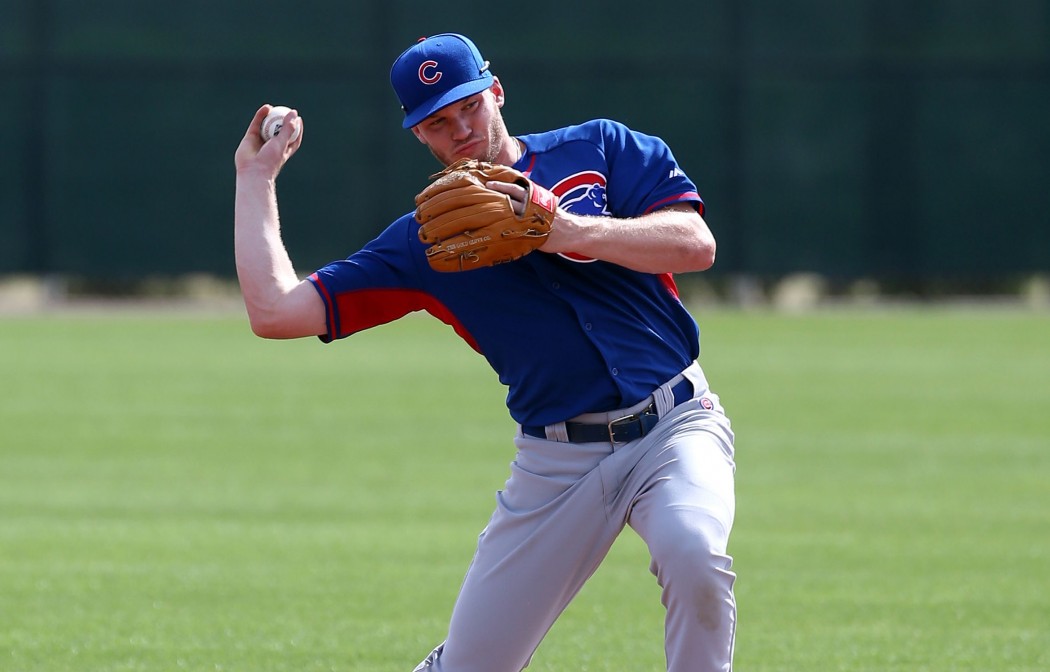Feature Photo: Ian Happ, 2B/OF, Cubs
The Shadow Draft/Shadow System is an ongoing project that began back in 2008 as a short draft-related exercise for the Orioles-centric blog Camden Depot. It has evolved since then, taking shape in subsequent years while moving from Camden Depot to DiamondScape Scouting, Baseball Prospectus, and Twitter.I’m looking forward to bringing this project back into the public eye here at 2080 Baseball this season.
The Shadow Draft/Shadow System consists of three primary components:
1) A pre-draft analysis of each team’s relative strength (looking at available draft spending and opportunity leverage, or the location and number of each team’s picks);
2) A random selection of a team to “shadow” for the particular draft year (this operates based on each team’s relative strengths, with the teams at each far end of the spectrum less likely to be randomly selected than the teams in the middle of the pack), and;
3) A 20-round exercise over the three-day draft wherein a player is selected in real time as the “shadowed team” picks.
The challenge is to determine, in real time, who “we” (I’ve always viewed this very much as a joint venture with the readership, so you’ll excuse my dipping into perhaps overly inclusive pronouns when swimming around in this project) would draft based on the available players at the time of each pick made by the team we are “shadowing”.
There are two requirements for a player entering the Shadow System after being drafted:
1) The player drafted must have their bonus fit within the aggregate allotted budget for the draft class based on current MLB rules, and;
2) The player must sign a professional contract in real life. That means in making our Shadow Draft picks, we must take into account signability and asking price, as they would in the real world. After that, the project goes on auto-pilot, and the Shadow System is left at the mercy of the player development staffs across baseball.
As a means of re-introduction to this process for some readers, and a new introduction for those readers who have not followed this project, I’ll briefly step through each of the previous years (2008-15) before providing a summary of the current state of the shadow system. At the end of March I’ll reveal which team I’ll (or better yet, “we’ll” – I hope you’re going to be along for the ride) be shadowing this June, and from April to May we’ll take a closer look at some of the players we are targeting moving into the 2016 MLB First-Year Player Draft beginning June 9. More importantly, I hope we’ll have the opportunity to kick around a lot of interesting draft-related ideas from player evaluation to draft strategy and everything in between.
Tomorrow, in Part Two, we’ll take a look at the the 2008 Shadow Draft — the shortest in the project’s history, and one that brought with it a couple of important lessons for me in the nascent stages of my own development as an evaluator and draft analyst. – Nick J. Faleris


